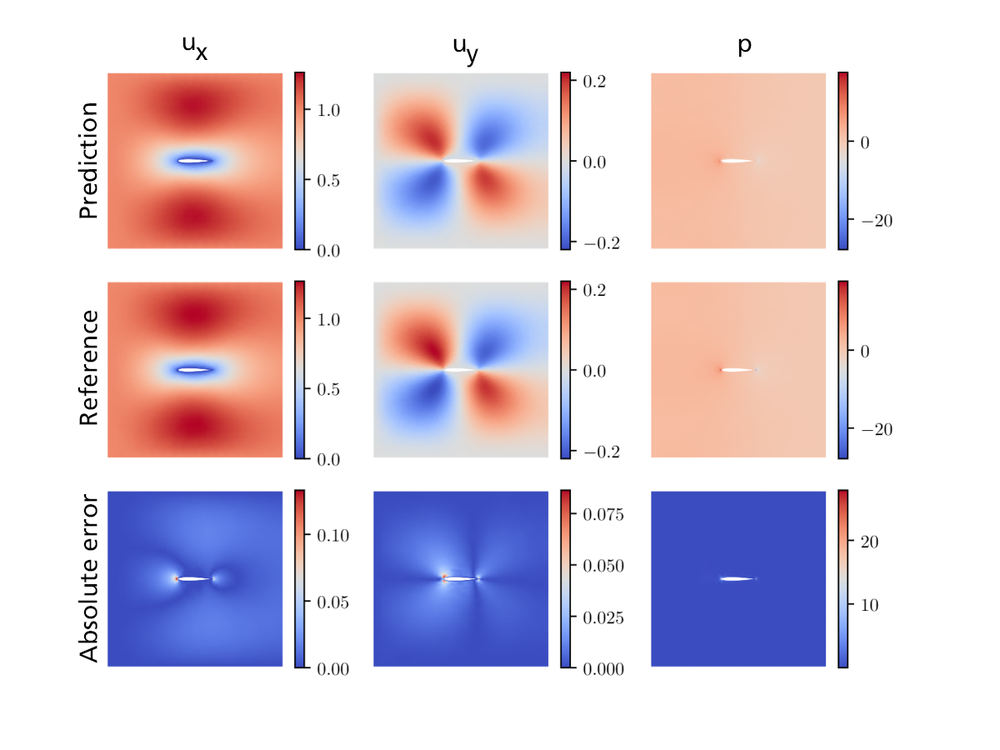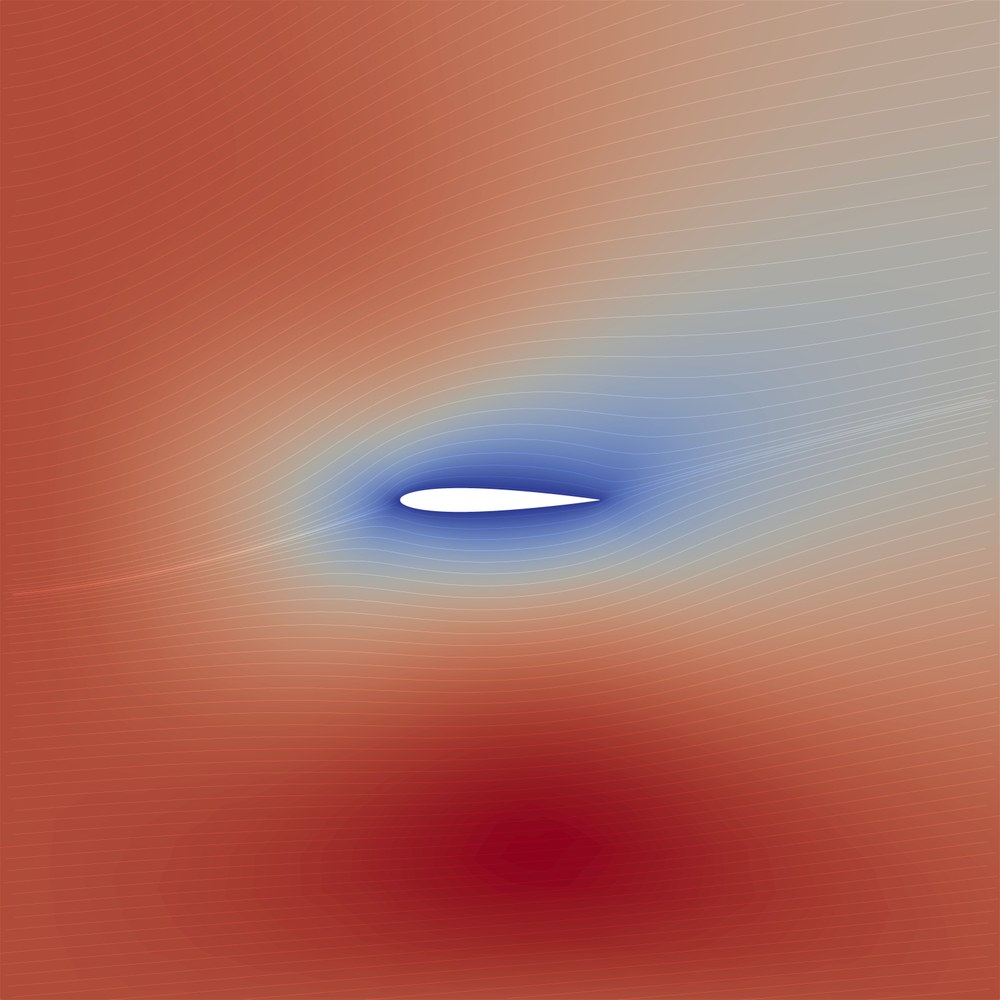PISA
Technical systems, e.g. electronic, mechanical or thermal ones, are becoming increasingly complex. Simulations and modeling are often part of the development cycle of such systems. At the same time, also the simulations of these systems are becoming more and more elaborate and complex, which leads to longer computing times. In order to reduce the computations of the simulations, developers use so-called surrogate models. Surrogate models are engineering methods used to approximate complex results when direct measurements are impractical. These models mimic the behavior of simulations or experiments and enable rapid analysis and optimization of parameters by reducing computationally intensive evaluations.

Machine learning methods, such as neural networks, are often used to create surrogate models. These are typically trained with data from simulations or measurements. However, the risk with data-driven models is that basic physical principles such as the conservation quantities energy, mass and momentum can be violated.
The goal of the Physics Inspired AI (PISA) project is therefore to develop hybrid predictive models, methods, and deep learning architectures that respect fundamental physical principles and integrate them into data-driven AI models. This approach leads to hybrid predictive models which combine the accuracy of physics-based simulations with the computational speed of data-driven AI models.
Hybrid predictive models are especially needed when there is limited computing time or computing resources. This is often the case in control systems engineering, where computational resources are limited and real-time capability is critical. Also useful is the hybrid approach in multidisciplinary design analysis and optimization, when computation time per design step must be minimized, despite available computational resources.

The PISA project has two goals: First, to develop hybrid predictive models in a way that allows accurate estimation of their uncertainties. Uncertainties in simulations with surrogate models can occur, for example, in the model parameters, in the input data, or even in the model itself. Detailed knowledge of the uncertainties is essential for estimating the prediction accuracy, especially for safety-critical systems.
On the other hand, the focus is on merging AI and control engineering. In this way, AI-based algorithms should also be able to be used in a wide range of applications, for example in autonomous driving or in the smart home.
In addition to pure method development, the existing knowledge is implemented in already existing software of the German Aerospace Center (DLR) to enable exploitation within and outside DLR.
In addition to the project management, the tasks of the Institute of Software Technology are the development of the so-called "Physics-Aware Machine Learning Models" and the estimation of uncertainties of these.
Project runtime:
- 01/2022 – 12/2024
Scientific participants:
Publications on this project:
Further information:

